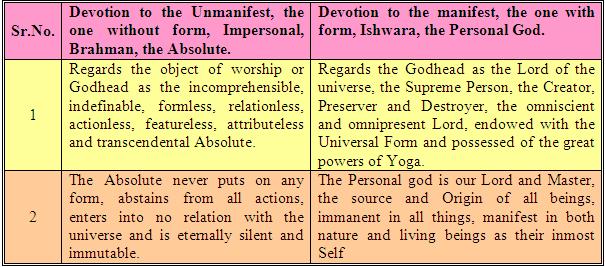Patanjali’s Yoga Sutras – Chapter 1: (After the Mind is Stable; Sutras 1.40-1.41)
Overview of Sutras 1.40-1.41)
Once the mind has been reasonably stabilized and clear (see yoga sutras 1.33-1.39), the process of Yoga can begin to deepen further. Once the deeper stages are reached the mind then becomes like a transparent crystal (sutra 1.41), and is now a purified tool ready for the subtler explorations of both the gross and subtle levels. A mind so trained and controlled can explore the entire range of objects, from the tiniest to the largest (1.40).
On to the sutras…
Yoga Sutra (1.40) – parma-anu parama-mahattva antah asya vashikarah. Parma-anu means from the minutest (parma = largest, most, anu = minutest, tiniest); Parama-mahattva represents the ultimate magnitude (parama = ultimate, maximum, mahattva = infinity, largeness); Antah is end; Asya refers to of this, of his (or hers); Vashikarah means mastery or power over.
Translated this becomes…When, through these practices (as previously described in sutras 1.33-1.39), the mind eventually develops the power to become stable when concentrating on the tiniest sized object to the very largest, at this time the mind truly comes under control. Swami Satchitananda interprets this sutrs thusly: “Gradually one’s mastery in concentration extends from smallest particles to the greatest magnitude.”
When the mind is brought under the practitioner’s control (vashikara), then that mind can be used as a tool to explore the subtler components of the mind field (Chitta). This control (or the ability to focus on the smallest or largest) is not the goal in and of itself. It is meant to indicate that some power has now been gained that means some final goal has been attained. Rather, it is proof of having properly trained the instrument of mind. Then that mind is used in powerful ways that were previously unimaginable.
Vyasa’s commentary on this sutra explains it further: “Entering into the subtle it attains the position of steadiness upon the smallest of the small, down to an atom. Entering into the large, the position of mental steadiness reaches up to the largest of the large. His great power consists in not being turned back by any check while running along both these lines. The mind of the Yogi, full of this power, does not again stand in need of the mental embellishment due to habitual practice.”
So, the aim of practicing this sutra is not mastery of (or over) the other, which would only serve to further separate the “I-Them” distinctions, but to simply find stability there. It is only in this stability and stillness that the practitioner can “become” the other.
Yoga Sutra (1.41) – kshinna-vritti abhijatasya iva maneh grahitri grahana grahyeshu tat-stha tat-anjanata samapattih. Kshinna-vritti means with modifications of mind weakened (kshinna = weakened, vritti = modifications of mind); Abhijatasya is clear, transparent or naturally pure; Iva is like; Maneh is crystal, jewel; Grahitri means the perceiver, the knower; Grahana is perception; Grahyeshu is the perceived; Tat-stha means the mind abides in that (tad = that and stha =to stand, abide); Tat-anjanata means to assume the shape or color of; Samapattih means complete absorption, Samadhi.
Translation…Once the modifications of mind (vritti) have become weakened, the mind then becomes like a transparent crystal, easily taking on the qualities of whatever object is observed, whether that object is the observer, the means of observing, or an object observed, in a process of total absorption, entering a state devoid of differentiation between the perceiver, the perception, and the perceived. This culmination of meditation is called samapattih or Samadhi.
The perception of an ego-self that we cling to (the one of individuality), which tends to remain separate from all other things, including the divine, may slowly dissolve until the “self” and the “other” are no longer separate, leaving only the sense of true Self.
*Part 13 may be viewed by clicking on: The Teachings of Yoga (Part 13: Stabilizing/Clearing the Mind, cont.) Links to parts 7 through 12 may be found at the bottom of part 13. Links to parts 1 through 6 may be found at the bottom of Page 7
*Rae Indigo is ERYT500.




